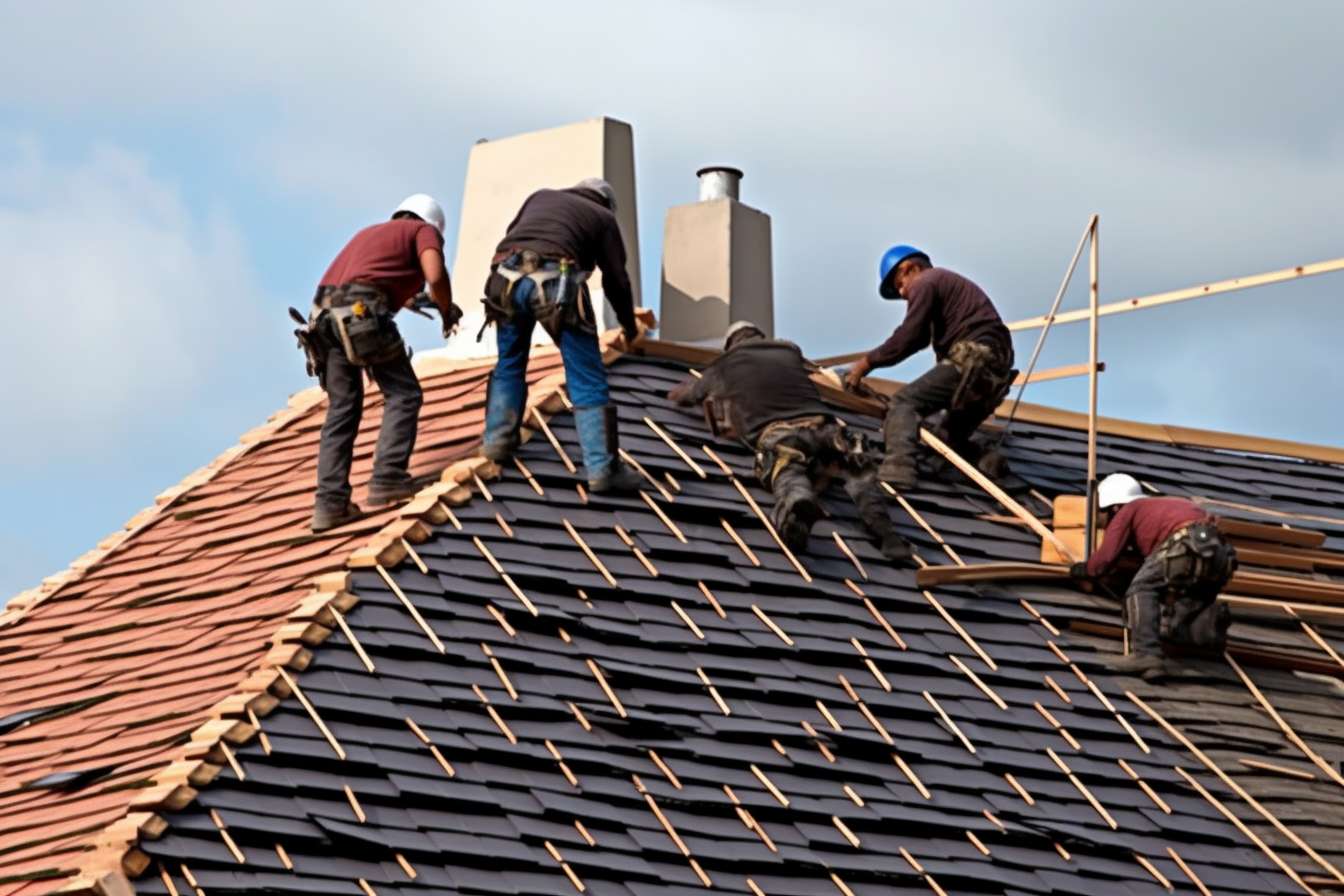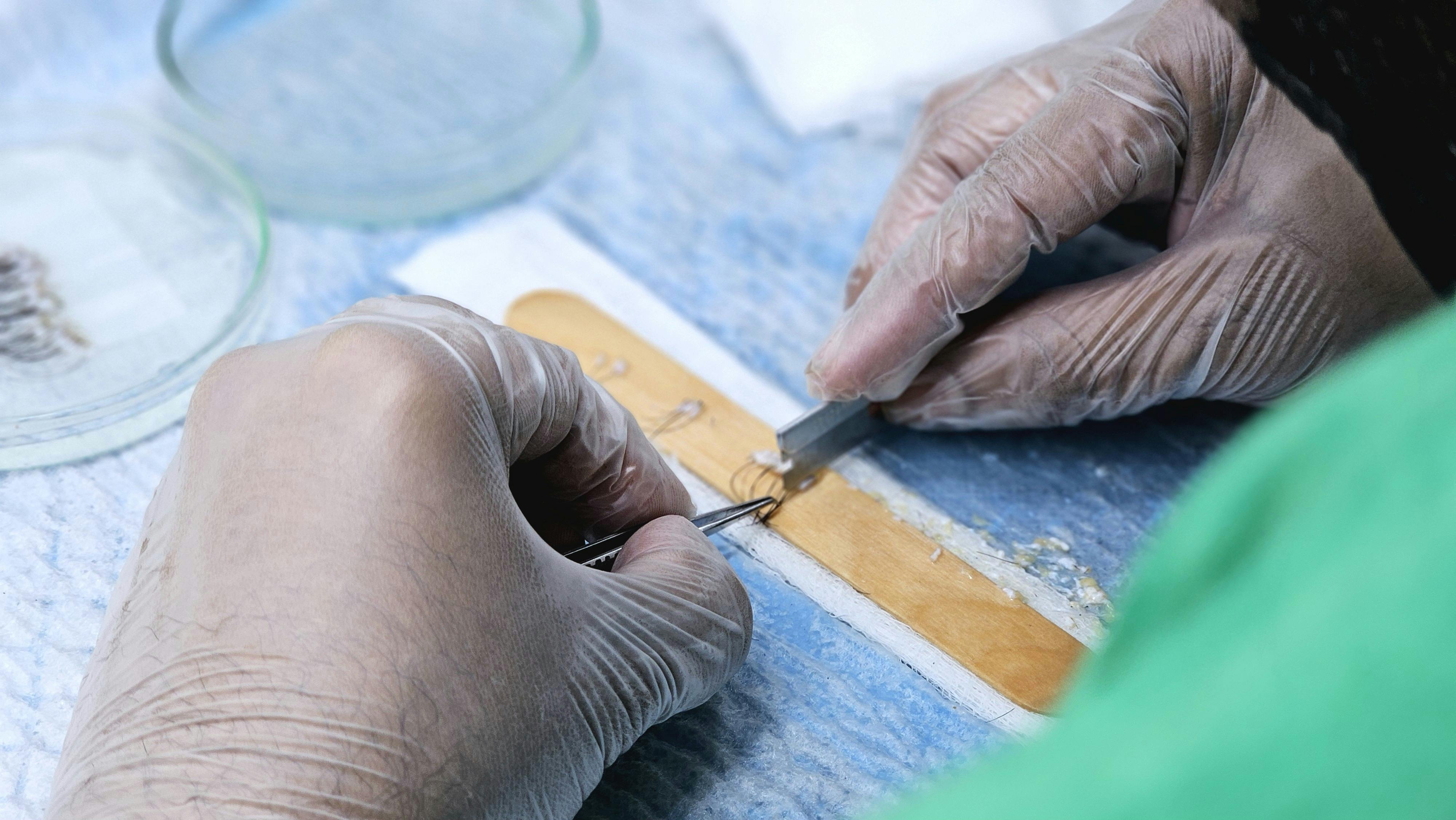What You Need to Know About Rubber Flooring for Indoor and Outdoor Spaces
Rubber flooring has emerged as a versatile solution for both indoor and outdoor spaces, offering a combination of durability, safety, and comfort. This resilient material adapts to various environments, from fitness centers and playgrounds to commercial spaces and residential areas. Understanding its applications and characteristics helps inform decisions about whether rubber flooring suits specific needs.

How Rubber Flooring Enhances Safety and Comfort
Rubber flooring provides significant shock absorption, reducing impact stress on joints and minimizing injury risks from falls. The material’s natural elasticity creates a cushioning effect that makes standing or walking more comfortable for extended periods. In wet conditions, rubber flooring maintains its slip-resistant properties, making it particularly valuable in areas where safety is paramount.
Practical Applications in Indoor Environments
Indoor applications for rubber flooring include gymnasium floors, weight rooms, and commercial spaces with heavy foot traffic. The material effectively absorbs sound, reducing noise levels in busy areas. Its resistance to moisture makes it suitable for basement floors and areas near entrances where water accumulation occurs. Healthcare facilities often choose rubber flooring for its antimicrobial properties and ease of sanitization.
Outdoor Installation Considerations
When installing rubber flooring outdoors, weather resistance becomes crucial. The material withstands various weather conditions, from intense sun exposure to heavy rain. Proper drainage systems must be incorporated during installation to prevent water accumulation. Outdoor rubber surfaces require specific installation techniques to ensure proper adhesion and prevent lifting or separation over time.
Design Options and Aesthetic Considerations
Rubber flooring comes in various colors, patterns, and textures, allowing integration with different architectural styles. Tiles, rolls, and interlocking systems offer flexibility in installation and design. The thickness can be customized based on the intended use, with thicker options providing enhanced shock absorption for athletic facilities or playground areas.
Maintenance Requirements and Longevity
Regular maintenance of rubber flooring involves sweeping to remove debris and periodic damp mopping with appropriate cleaners. The material resists staining and doesn’t require waxing or polishing. With proper care, rubber flooring can last 15-20 years in indoor applications and 8-12 years in outdoor settings, depending on usage intensity and environmental conditions.
Installation and Cost Considerations
Installation costs vary based on the specific product type, substrate preparation requirements, and installation method chosen.
| Installation Type | Average Cost per Square Foot | Installation Time |
|---|---|---|
| Rolled Rubber | $3.50 - $8.00 | 2-3 days |
| Rubber Tiles | $5.00 - $12.00 | 1-2 days |
| Poured Rubber | $7.00 - $14.00 | 3-4 days |
Prices, rates, or cost estimates mentioned in this article are based on the latest available information but may change over time. Independent research is advised before making financial decisions.
Environmental factors, substrate conditions, and local labor rates significantly influence total project costs. Professional installation ensures proper adhesion and seam treatment, contributing to the flooring’s longevity and performance. The initial investment typically balances against the material’s durability and reduced maintenance requirements over time.




